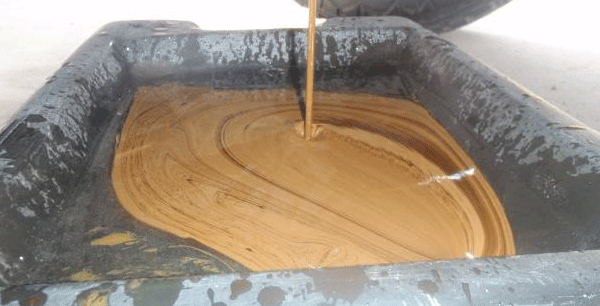Signature Series cleans up the competition In general, the higher an oil’s TBN, the better its ability to neutralize contaminants such as combustion by-products and acidic materials. Higher TBN oils neutralize a greater amount of acidic material, which results in longer oil life and cleaner engines. TBN levels decrease as the oil remains in service. […]
You are browsing archives for
Tag: oil analysis
Oil Analysis Kits – They’re Easy
How to Perform Oil Analysis We keep these kits right here in the Omaha store. Ask for the one with postage or with out for a slight savings. When doing several vehicles use the one w/o postage to send all together. John Baker|Sep 12, 2019 11:57 AM Used oil analysis is one of the most […]
Should I be Alerted If My Oil Looks Dirt...
What Your Motor Oil Color Means Color in general shouldn’t indicate any immediate action without an oil analysis test to validate anything out of the ordinary. No, you should not be alerted if your oil looks dirty. Is that dirt? While color could indicate an issue, keep in mind oil that appears ‘bad’ has often […]


